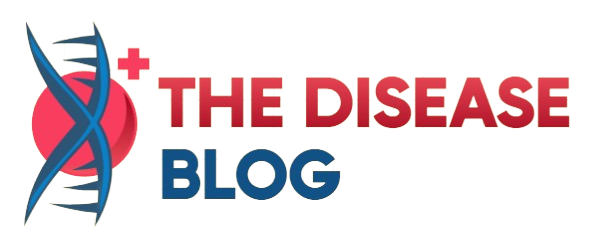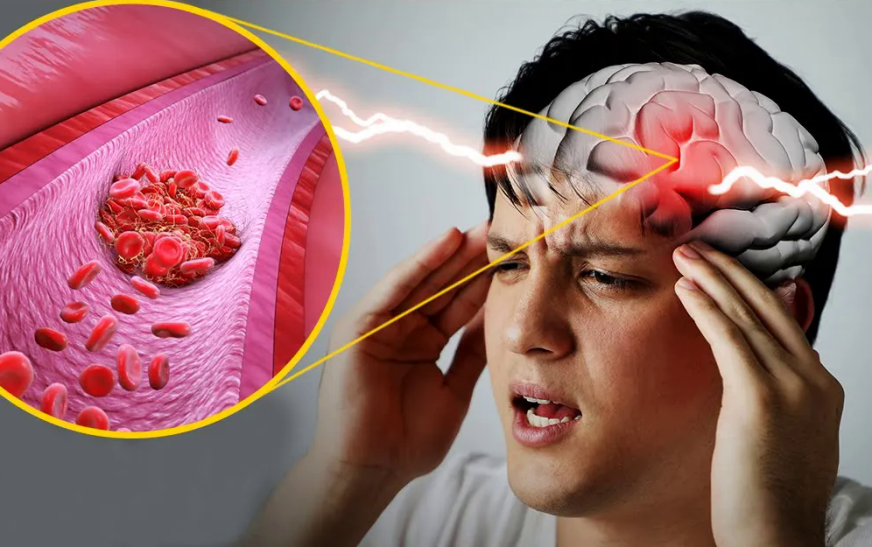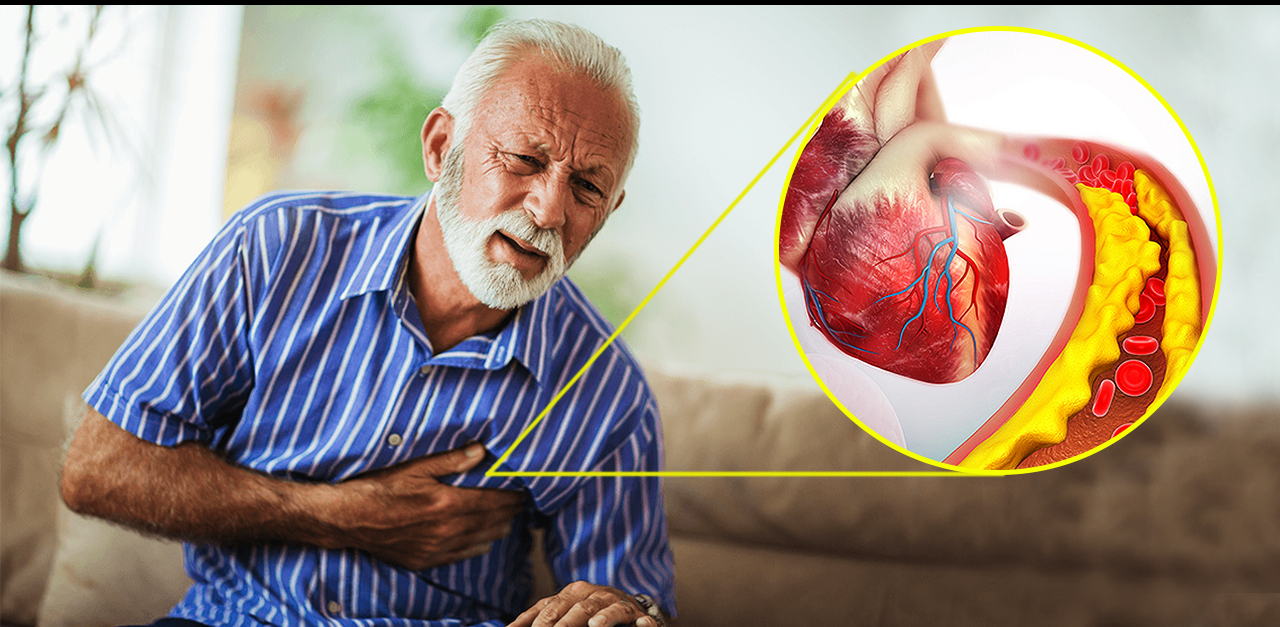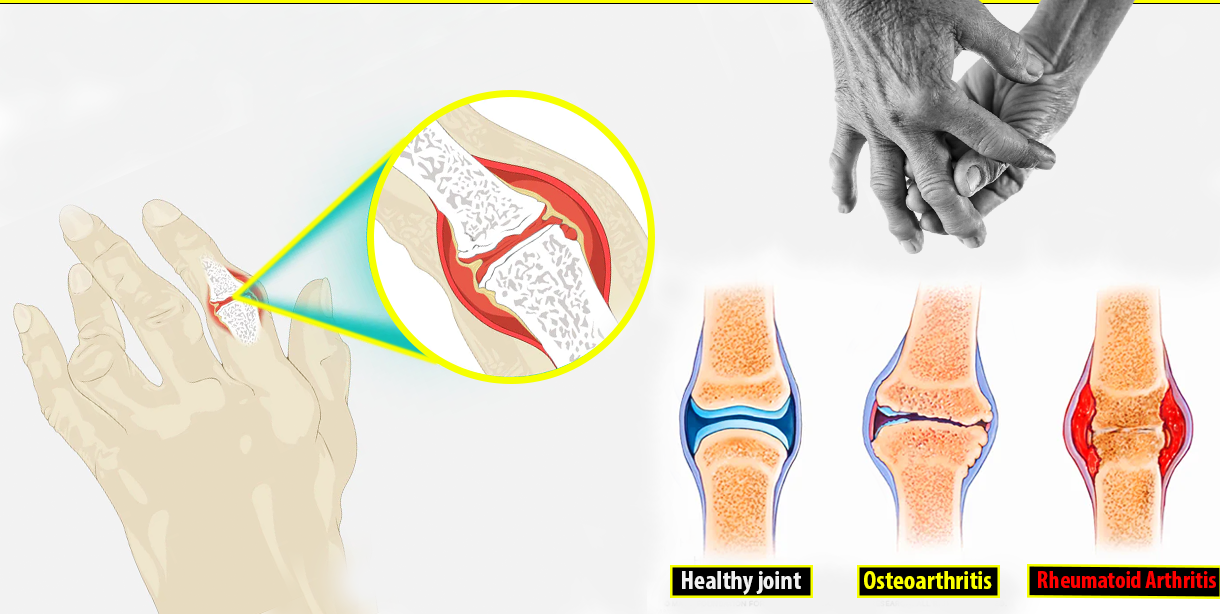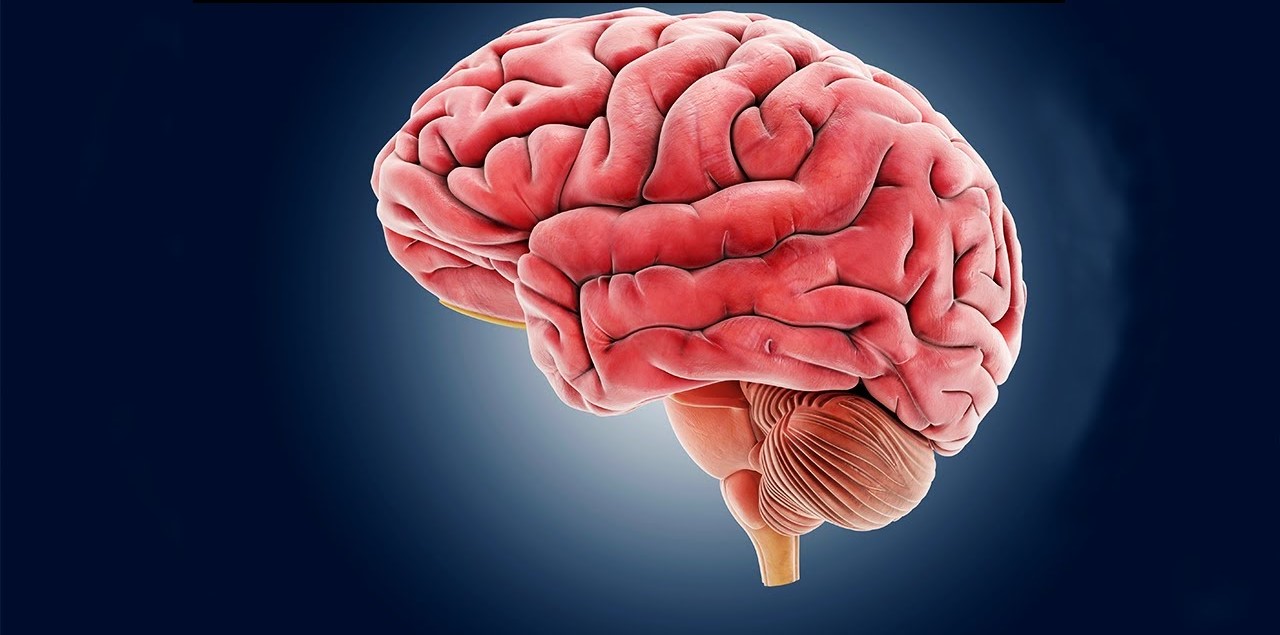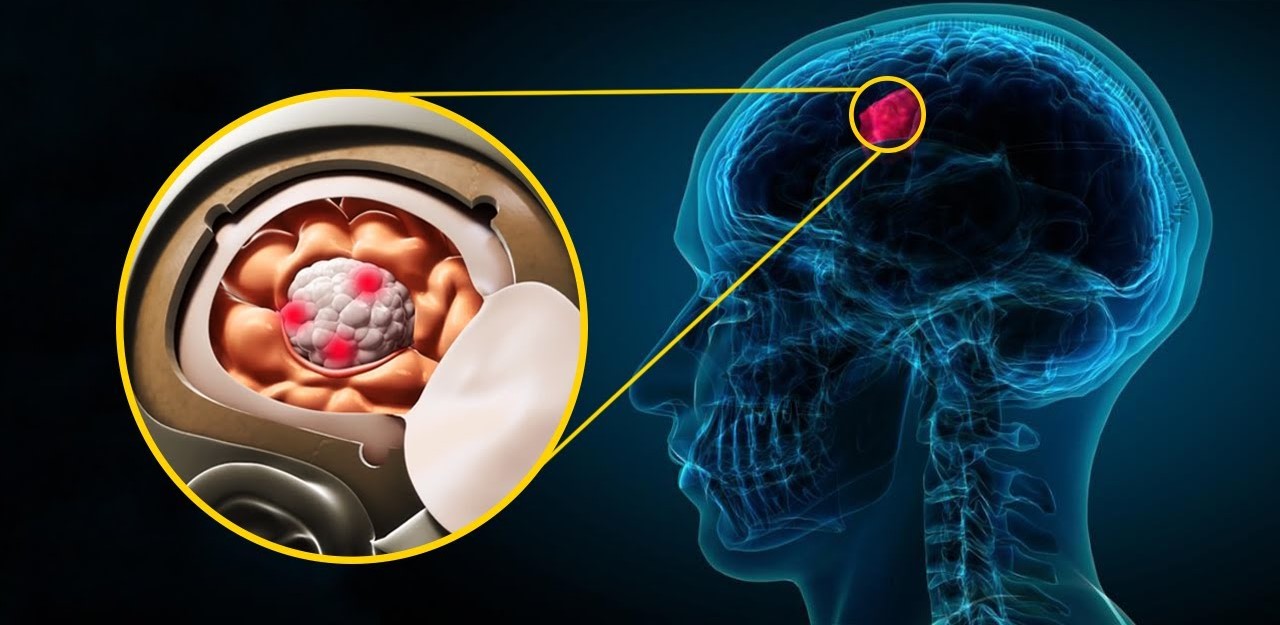The network of blood vessels is vastly spread all over the body, including the brain. Every body organ is continuously provided with adequate nourishment through blood. Blood supply is crucial for the master organ brain to function properly. Carotid arteries and vertebral arteries have taken the role of delivering approximately 20–25% of blood to the brain. But if there is a hindrance in the blood supply, such as any clot in the arteries, the brain will be short on blood; consequently, the brain cells cease to live.
What is a Transient Ischemic Attack (TIA)?
It is a temporary stroke, indicating the lack of blood supply to a certain part of the brain; as a result, the brain cells fail to function properly and die because oxygen cannot reach them, referred to as ischemia.
It differs from ischemic stroke and is a medical emergency. It is often considered a warning before ischemic stroke.
Causes of transient ischemic attack (TIA)
Thrombosis is the medical term for the situation in which a blood clot prevents blood from flowing to the brain. The formation of blood clots in either carotid arteries or vertebral arteries is the reason for stenosis of the arteries, which refers to the narrowing of the blood vessels. It is possible that a clot or a piece of a clot that formed in another region of the body would break off and travel to the brain, where it will cause the veins there to become blocked. Atherosclerosis is the deposit of plaque consisting of fatty substances in blood vessels and is also the cause of blockage of arteries. Sometimes air bubbles are another reason that can obstruct these arteries. Other risk factors include;
Heart diseases, cigarette smoking, hypertension, obesity, high cholesterol levels, diabetes, and excessive alcohol use are some of the other potential causes.
Symptoms
It is a temporary stroke, and symptoms take 24 hours or maybe a few minutes to disappear.
- Hemiplegia, that is one side paralysis
- Aphasia, difficulty in speaking or complete loss of speaking ability
- Facial droop
- A whole or partial impairment of one or more of the senses
- Diplopia, blurry or doubled vision
- Vertigo
- Nausea or vomiting
- Stiffness of neck muscles
- Amnesia, loss of memory
- Severe headache
- Fainting
Up to 20% of people with a transient ischemic attack have a stroke within 90 days, and half of those strokes happen within the first two days after a transient ischemic attack.
Diagnosis
Medical history. This will involve asking about a patient’s medical history and symptoms.
Physical and neurological exam. These allow a healthcare provider to learn more about your symptoms, which is especially helpful if you still have them during the test.
Imaging scans. A computed tomography (CT) scan takes only a few minutes and can be obtained by medical professionals quickly. It allows them to swiftly determine whether or not you are experiencing a brain bleed, and if you are, they can begin treatment right once. Your medical team can detect the difference between a TIA and a stroke thanks to the results of an MRI scan. It was a stroke, not a TIA, if there is obvious damage after the event, even though the symptoms have entirely disappeared.
Treatment
Medications
It involves thrombolytic therapy. Medicines like alteplase or Tenecteplase are given intravascularly. These medicines remove the clot by dissolving it, a process known as thrombolysis.
Catheter-based procedures
Endovascular procedures are an alternative term for these types of procedures. After making a small cut in the patient’s skin, a thin tube-like device is introduced into a blood vessel, particularly a carotid artery.
Some of the endovascular procedures which can prevent stroke after a transient ischemic attack are:
Endovascular thrombectomy
In this procedure, a thrombolytic agent through a transcatheter is injected into the area near the clot, which causes the dissolution of the clot and restores blood flow.
Carotid stenting and angioplasty
A guide wire with a specially constructed filter is passed through the narrow, blocked carotid artery. When the filter has been properly positioned, the next step is to direct a balloon catheter with a tiny balloon where the blockage is located. When the balloon is inflated, the fatty plaque or blockage is squeezed against the artery walls, and the diameter of the blood vessel is enlarged (dilated), which increases the amount of blood that can flow through it. After removing the balloon, the stent will be inserted into the artery from the outside to enlarge the opening and support the artery wall.
Carotid endarterectomy
The carotid artery is the principal blood channel that carries blood to the brain. It is located on both sides of the neck and is the largest artery in the body. A surgery known as carotid endarterectomy can be used to clear the carotid artery of any fatty or waxy buildups that have accumulated there. This process should take no longer than two hours at the most. After making a four-inch-long cut in the obstructed artery, the plaque built up in that area is removed using a scraper. The cut is closed with stitches, and blood circulation is normalized.
Recommended medicines for preventing post-TIA stroke
Aspirin is a commonly prescribed blood-thinning medicine to decrease the risk of developing blood clots. Another medicine, statins, like atorvastatin and rosuvastatin, which bring cholesterol levels down, are also recommended for preventing clot formation. Patients who have undergone transient ischemic attack receive strong recommendations to take particular medications, such as diuretics, and angiotensin II receptor blockers (ARBs), that lower the internal blood pressure inside vessels.
Prevention of transient ischemic attack through healthy lifestyle
Eating a nutritious diet, maintaining a healthy weight, and reducing the use of alcohol and tobacco are the most effective approaches to prevent such illnesses.
Final thoughts
Transient ischemic attack is generally percieved as a warning to prevent the ischemic storkes n future.
About the author
Dr. Madilyn Adams is a PhD in molecular medicine from Harvard University and has been working as a medical blogger for seven years.
References
- https://medlineplus.gov/transientischemicattack.html
- https://www.nhs.uk/conditions/transient-ischaemic-attack-tia/
- https://www.mayoclinic.org/diseases-conditions/transient-ischemic-attack/symptoms-causes/syc-20355679
- https://www.stroke.org/en/about-stroke/types-of-stroke/tia-transient-ischemic-attack
- https://www.ninds.nih.gov/health-information/disorders/transient-ischemic-attack-tia
